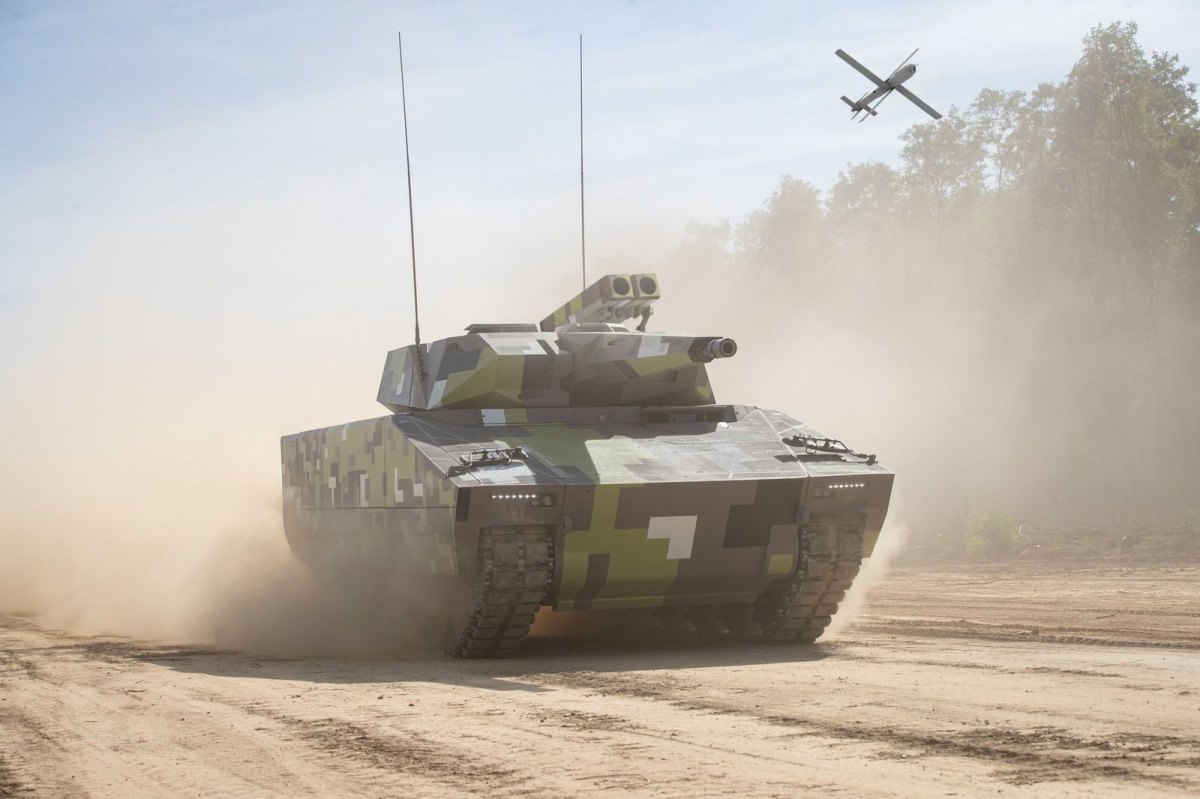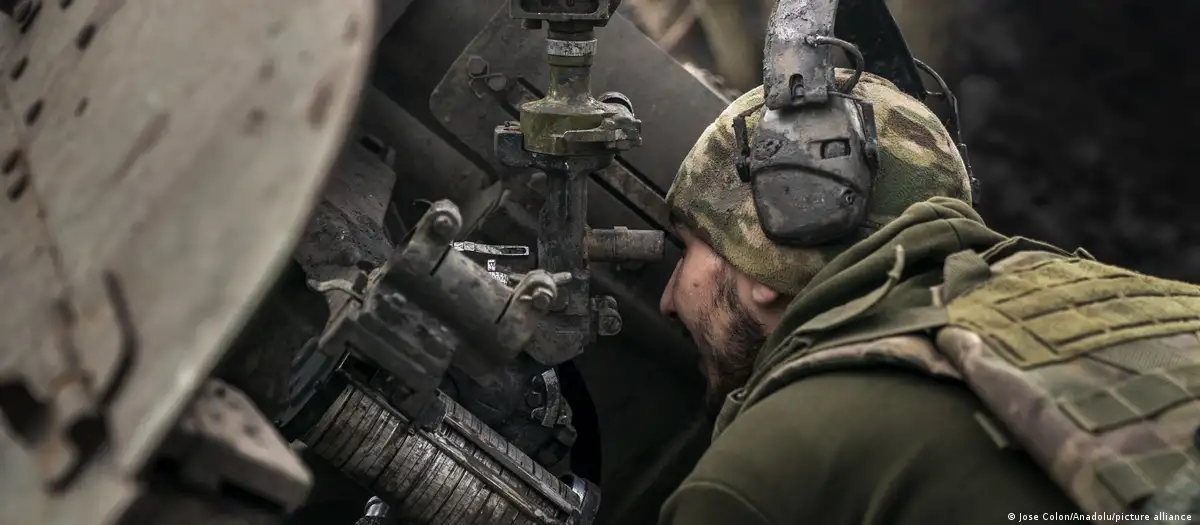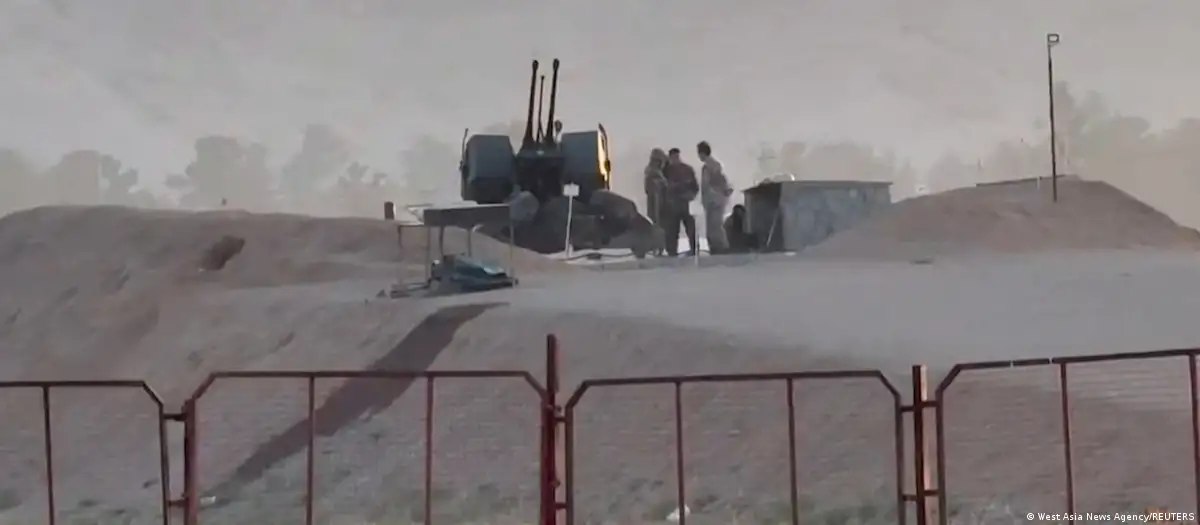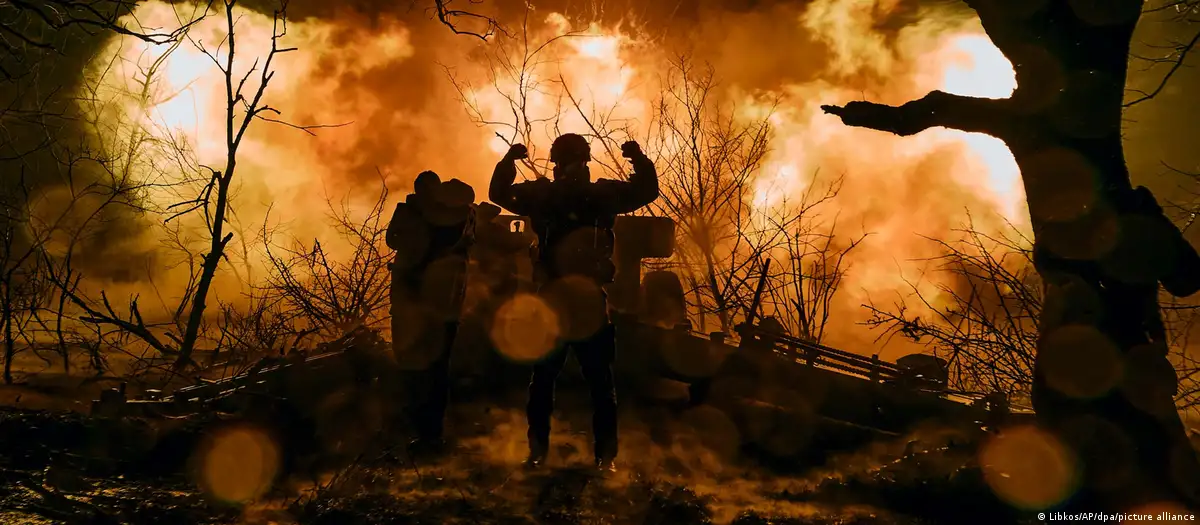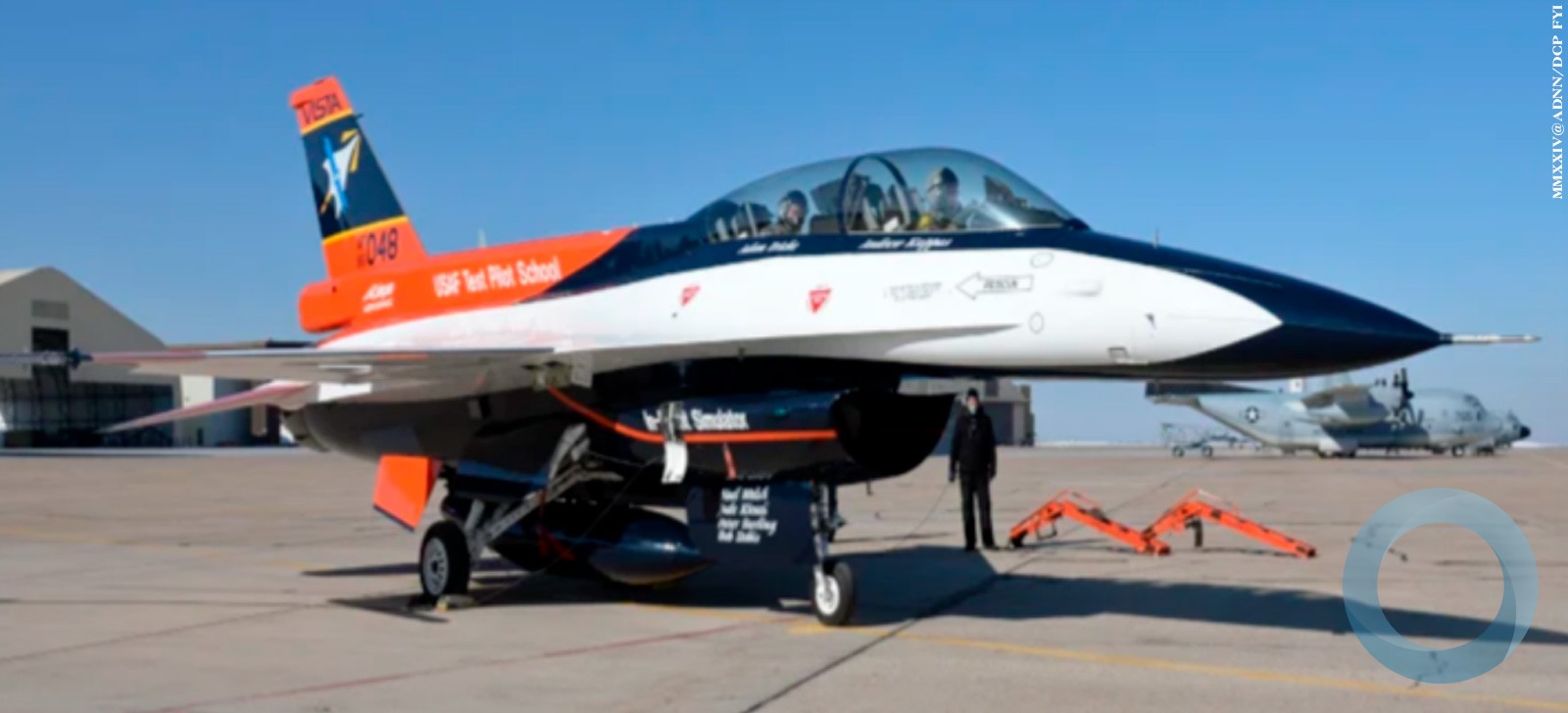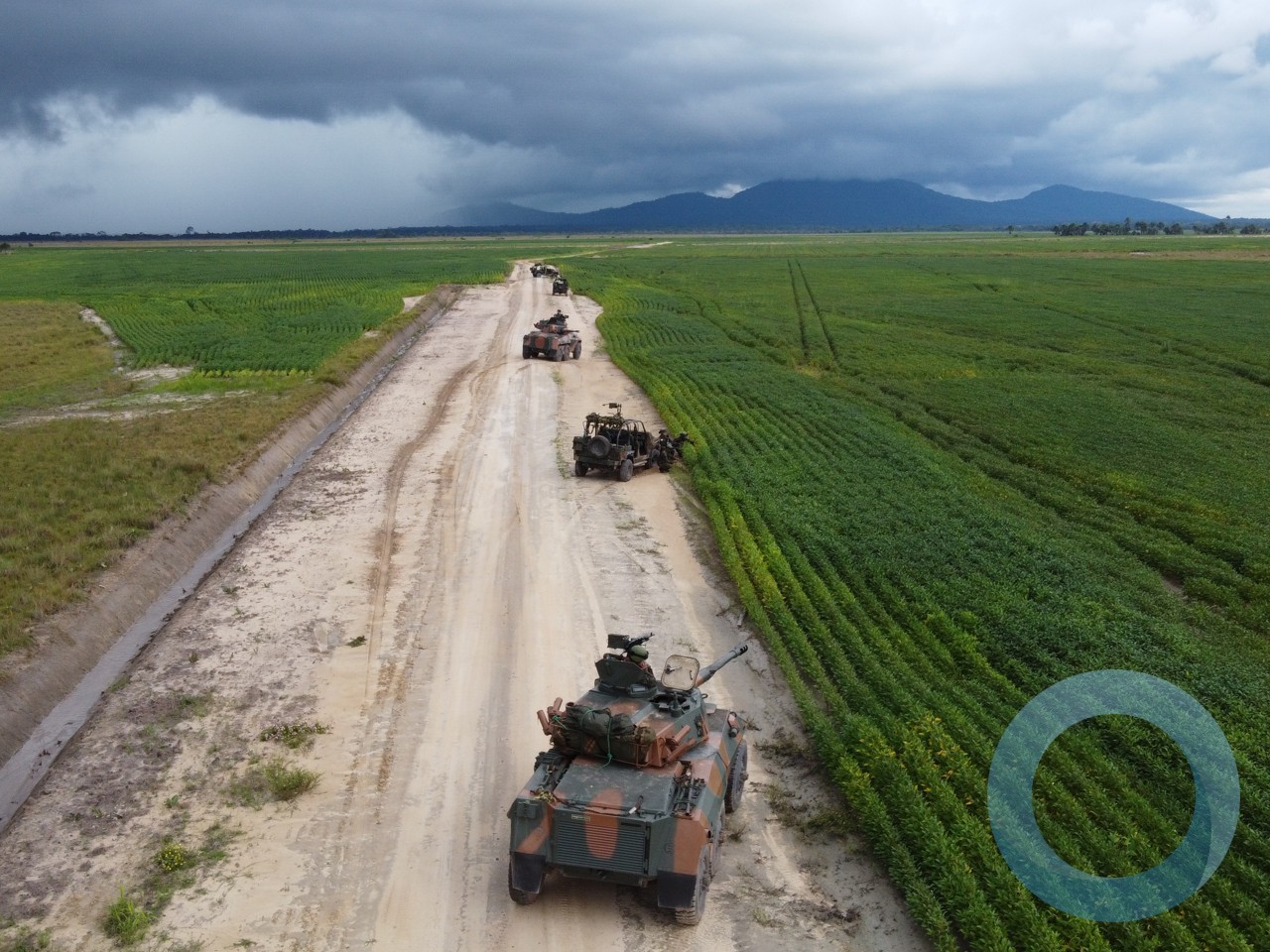JSC Concern VKO "Almaz-Antey" (further in text – “Almaz-Antey” or "The Concern”), the maker of land-based and water-based anti-aircraft missile systems, radar systems, automated control systems and complexes of automation, announces that it has administratively appealed sanctions relating to the "freeze of assets" of the Concern (introduced by the Council of the European Union’s decision 2014/508 / CFSP and the Executive Council of the EU Regulation ? 826/2014 from 30.07.2014), and sanctions related to the ban of export of dual-purpose products (introduced by the Council of the European Union’s decision 2014/659/CFSP and the EU’s Executive Council Regulation ? 960/2014 on 09.08.2014).
Also, for the purpose of the appeal, the Concern has filed a lawsuit in the General Court of the European Union to annul the Council of the European Union’s decision 2015/432 / CFSP from 13.3.2015 and the Executive Council of the EU Regulation ? 2015/427 from 13.03.2015, which extend the "freezing of assets" sanctions against the Concern.
Almaz-Antey believes that there is a direct link between the introduction of the European Union’s sanctions against the Concern and the crash in the eastern part of the Donetsk region of Ukraine of the Malaysia Airlines’ Boeing 777, which was flying from Amsterdam to Kuala Lumpur on July 17, 2014. Therefore, the Concern’s specialists have conducted a thorough analysis of all available information about the crash, which was provided by the International Commission investigating the cause of the disaster.
Based on its analysis, Almaz-Antey argues that if the MH17’s Boeing-777 was shot down by an air defense systems on July 17 2014 over the Donetsk region, it could only have been accomplished by a 9M38 (M1) missile fired from a Buk-M1 located south of Zaroschenskoe township.
The production of 9M38 (M1) missiles for Buk-M1 systems was discontinued in 1999. At that time, all remaining available missiles of this type were delivered to foreign customers. In addition, Almaz-Antey was established in 2002. Therefore, the Concern could not have supplied missiles of this type to anyone, as it did not exist at the time when the Buk systems were already discontinued. Therefore, the sanctions by the European Union against Almaz-Antey are baseless and should be lifted.
Also, during the analysis it was established that the missile could not have been fired from Snezhnoe area and could only have been launched from Zaroschenskoe township. The key aspects of the analysis of the information provided by the International Commission and the key findings are the following:
1 – Analysis of strike elements – type of missile: 9M38 (M1) from Buk-M1 system.
To determine the type of missile, which presumably took down the Boeing-777, the Concern’s engineers conducted a thorough analysis of damage to the outer skin of the aircraft and to the structural frame, as well as an analysis of the strike elements that were presented by the European Commission as those that were removed from various parts of the aircraft. Among the strike elements received by the experts, there were heavy fractions in the form of a "Double-T".
Such elements are specific only to the warhead of the 9M38 (M1) modification of the Buk-M1 missile system. The damage to the outer skin in the form of "squares" size 13×13 mm (14×14 mm) also point to this type of ammunition. In addition, the nature of the damage to the aircraft corresponds to the damage that can be caused by 9M38 (M1) missile. Not only the form but also the general nature of the damage was analyzed.
Only the primary type of damage caused by the strike elements was considered and not the secondary, which resulted from the airframe destruction. These damages are significantly different and they cannot be confused. When an 9M38 (M1)’s warhead detonates, the characteristics of strike elements, their speed and the area of their spread all are very important.
A characteristic feature of the 9M38 (M1)’s warhead detonation is the formation of two fronts of the strike elements. In the first front, lighter fragments are formed, while the second front consists of the heavy, "Double-T" shaped fractions that have the maximum kinetic energy. The zone of high concentration of strike elements, which can destroy any reinforced parts of an aircraft fuselage, are called the "Scalpel". More than 40% of the fragments and about half of the explosion energy are concentrated in the “Scalpel”.
The traces of "Scalpel" with high degree of accuracy have been identified from the damage to the Boeing-777. This confirms the notion that if the airplane was shot down by a Buk missile, it could only have been an 9M38 (M1).
2 – Determination of the missile location based on the type of damage to the Boeing-777.
By the typical tangential damage to the outer skin of the aircraft at the outer limit of the shrapnel flux, the Concern’s experts determined the point of detonation of the missile – it was closer to the left side, above the axis of the buttock line.
Further on, the experts have determined the orientation of the missile in space in relation to the Boeing-777 – its approach angles in the horizontal and vertical planes. The conclusions were made based on the analysis of the nature of damage to the outer skin of the structural frame, as well as the specifics of the fragmentation field formation by this type of warhead. The study of the inlet holes in the outer skin and the bulkheads allowed to learn that the strike elements were moving along the airframe after the detonation – from the nose cone to the tail unit.
Given the fact that the direction of the main flow of the strike elements of the 9M38 (M1) missile is perpendicular to the motion vector of the missile itself, it becomes obvious that it moved to intersect with the plane’s course.
A reconstruction of the damaged nose cone of the Boeing-777 showed a zone of total destruction of the structural frame of the jet – bulkheads and stringers. Modeling of the fragmentation field formation during the warhead detonation provided the exact position of the missile in the air. After obtaining the missile’s exact position relative to the aircraft at the point of detonation, the specialists determined the course of the missile – was 72-78 degrees in the horizontal plane and 20-22 degrees in the vertical plane. Only this location can explain the nature of the damage and the sequence of destruction of the aircraft.
By using the method of "reverse" simulation, the assumed missile trajectory was reconstructed. Since the Boeing-777 was moving straightforwardly, the horizontal projection of the missile’s trajectory was close to a straight line, as the range of azimuths from the missile’s launch area was obtained. The distance to the launch point is strictly linked to the projection of the missile’s trajectory in the vertical plane and directly impacts the missile’s approach angle in the vertical plane. This is how the range of possible distances to the launch area was obtained.
The modeling demonstrates that the intersection of the missiles’ and the aircraft’s trajectories at that particular angle can only occur from a limited area of ??2.5 x 3.5 km – located south of Zaroschenskoe township and cannot occur from Snezhnoe. A detailed report on the analysis conducted by the Almaz-Antey specialists was handed over to the International Commission.
The Concern stresses that Almaz-Antey is the manufacturer of air defense systems and ground-based, medium-range Buck systems. On this basis it has exclusive competence in questions related to the missile’s design and operation. However, the final conclusions on how and what system brought down the aircraft can be drawn only upon completing all necessary technological expertise, which the Concern currently does not have any data on.
For further information, please contact: press-almaz-sanctions@yandex.ru
***
JSC Concern VKO "Almaz-Antey" (www.almaz-antey.ru) is a Russian corporation, which was created in 2002 by presidential decree. The Concern unites over 60 enterprises and scientific research institutes from 17 Russian regions – research and production organizations, design bureaus, as well as research and development institutes involved in the development and manufacture of short-, medium-, and long-range air defense missile systems, the main types of radar surveillance systems, and automated control systems.
In September of 2014 the CEO of Rostec Corporation Sergey Chemezov was elected the chairman of the board of the Concern. February 5, 2015 President Putin signed a decree to rename JSC Concern PVO "Almaz-Antey" into Concern VKO "Almaz-Antey" and to increase the company’s capitalization. Yan Novikov has been the CEO of "Almaz-Antey" since March 2014.







